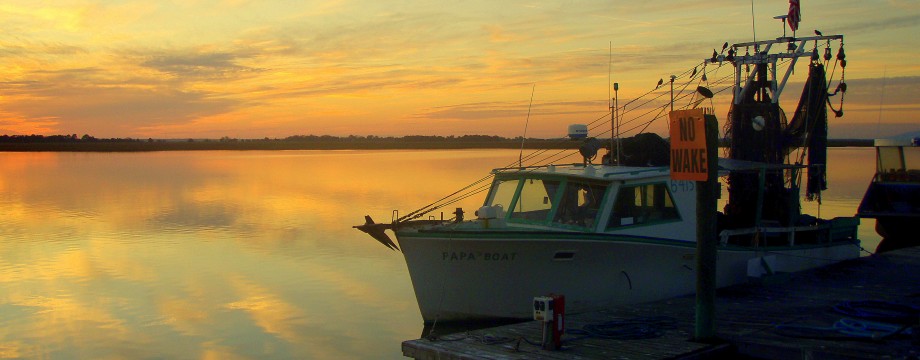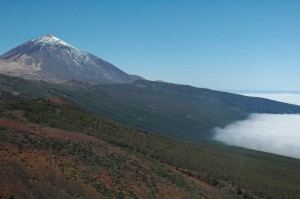Tenerife, Canary Islands: April 11, 2011
Memorials dot the winding roadside that climbs towards Tiende, Spain’s highest peak. The evidence of tragic death clashes against a backdrop of vibrant flora vying in futility for attention amid a tropical paradise.
This road leading toward the summit along Tenefrie’s northern coast passes through several microclimates before punching through the clouds into an otherworldly landscape of obsidian fields and lava flows, testament to ancient violence. This island, the largest of the Canary Islands, boasts a population of some 800,000 supported almost entirely by more than 5 million annual visitors.
A nominal fluctuation in coastal temperatures is largely responsible for Tenerife’s popularity, especially among Europeans escaping the long winter months. The raw natural beauty of Tiede and the surrounding caldera draw others hunting natural wonders.
Hiking trails crisscross the island providing an easy escape from urban areas existing below the clouds, while city dwellers may find comfort in either of the dual capitals. Rural communities are commonly dotted by agricultural terraces in place of front- or back-yards.
Although bananas, tomatoes and flowers are produced commercially, many residents supplement their incomes by farming part-time. Volcanic soil makes for rich and fertile fields; unfortunately much of the island is mountainous and steep with rough terrain. Mini-farms consist oftentimes of either wine-grapes or potatoes, both cultural staples throughout the Canary Islands.
Peculiarities set this island and the Canary’s apart from other island destinations. The range of altitude and climates create what locals call their own mini-continent. The sea of clouds, breathtaking from above, is not only a common sight but also a welcome nuisance. A thick cloud layer engulfs the islands beyond the reach of skyscrapers, bringing with it much needed water as the island has no natural rivers, few streams and receives very little rain. Trees take in moisture found within the clouds and release it to be stored in underground aquifers.
Another oddity is the island’s lack of indigenous animals. No mammals are native to Tenerife, only invertebrates and a variety of birds. All those since introduced to the island have become pests and a challenge to the ecosystem including rabbits, squirrels and goats.
The people of the Canary Islands are by and far welcoming and helpful. They are proud of their island and its history. Most that are born to the islands remain there. Whether a port of call while at sea or a special destination, Tenerife and the Canary Islands is a sight not to be missed.






2 Responses to Exploring Tenerife